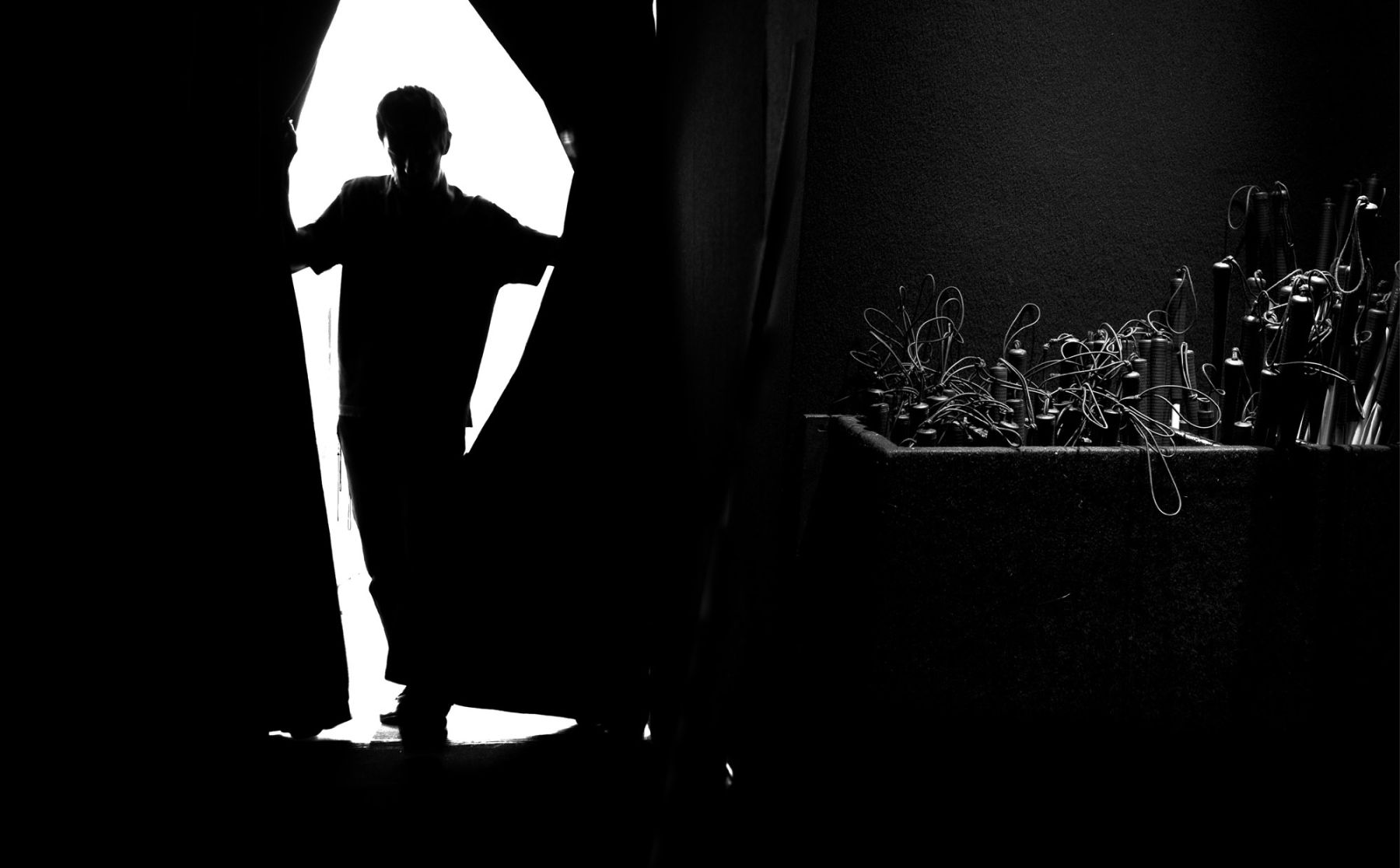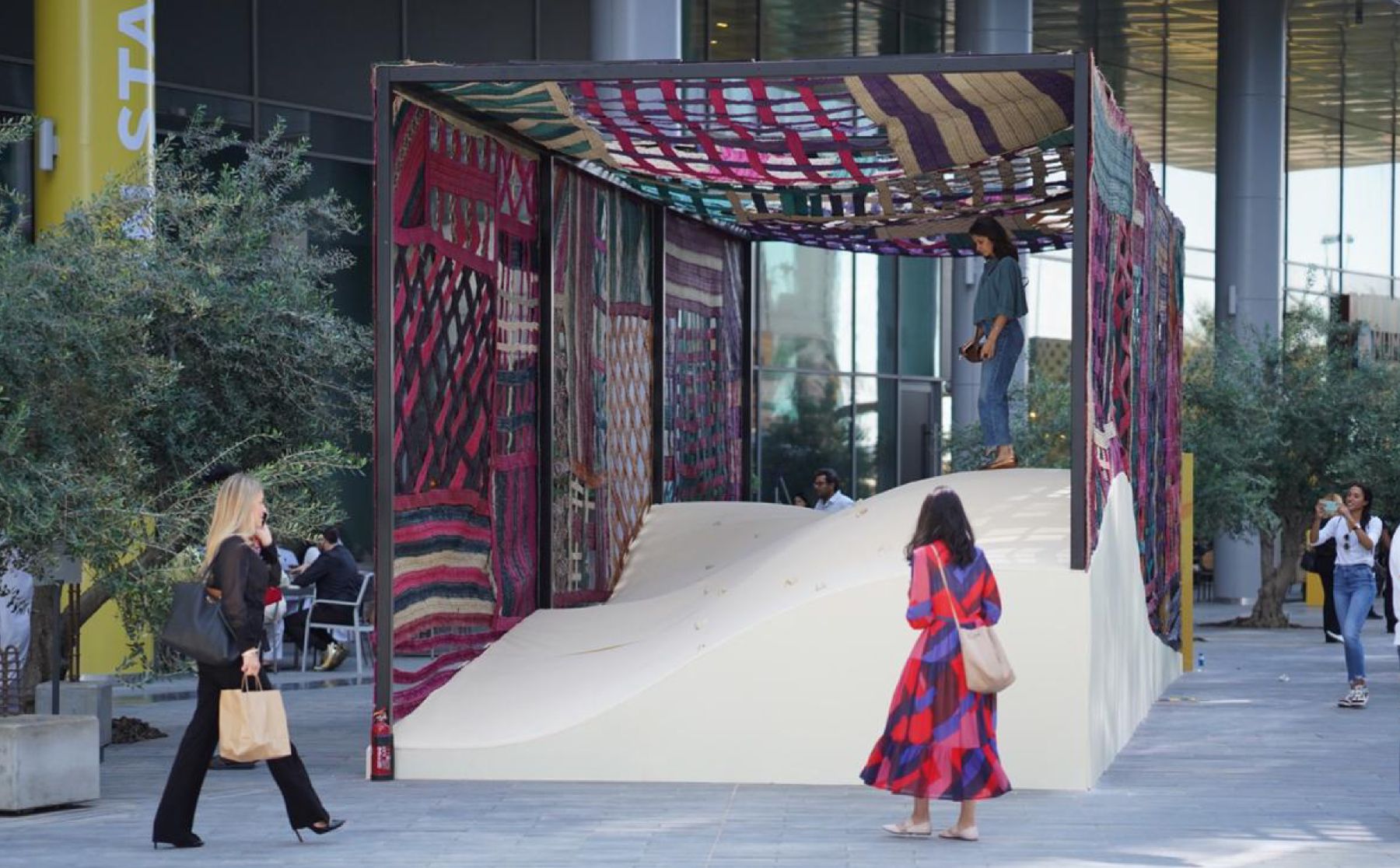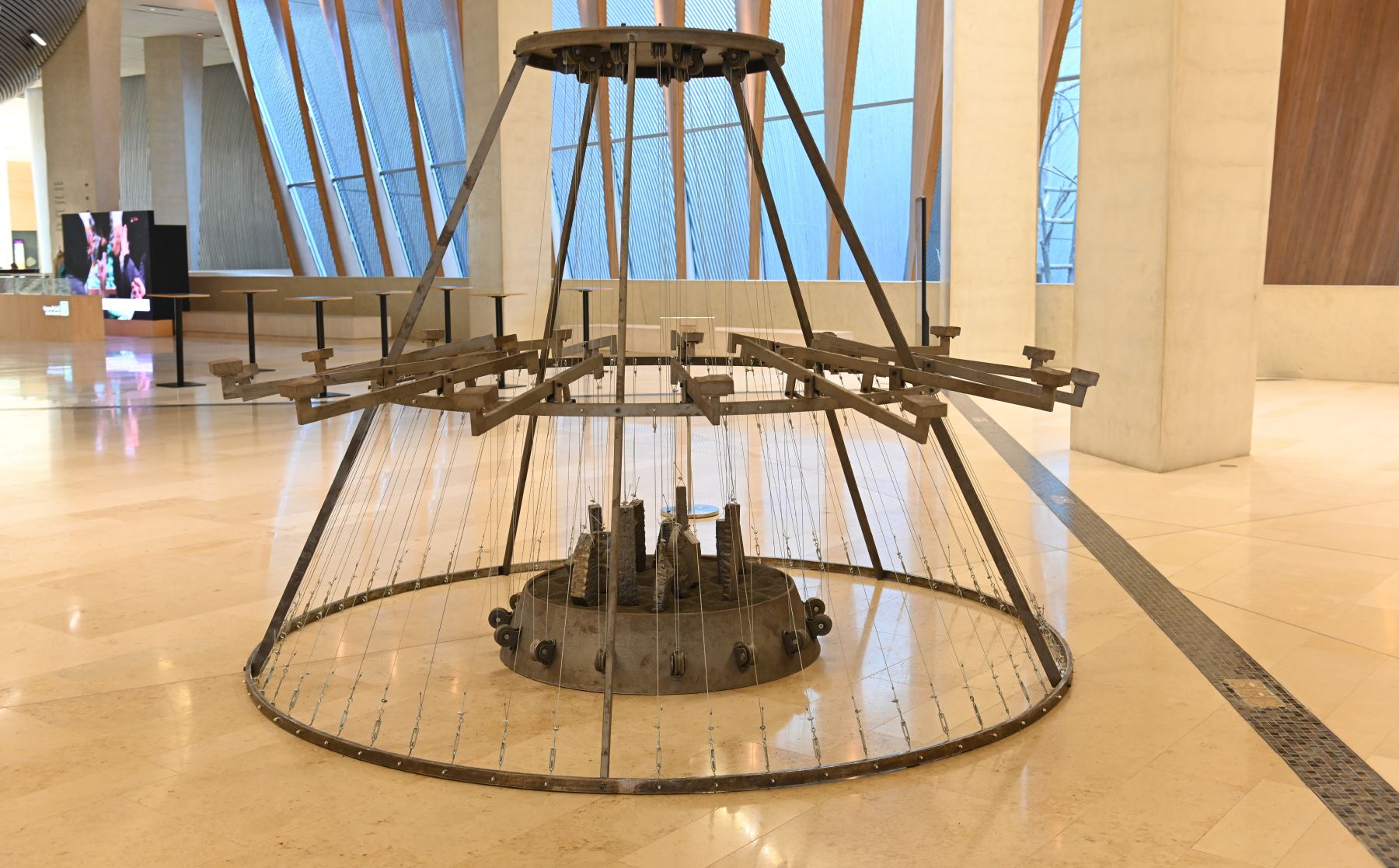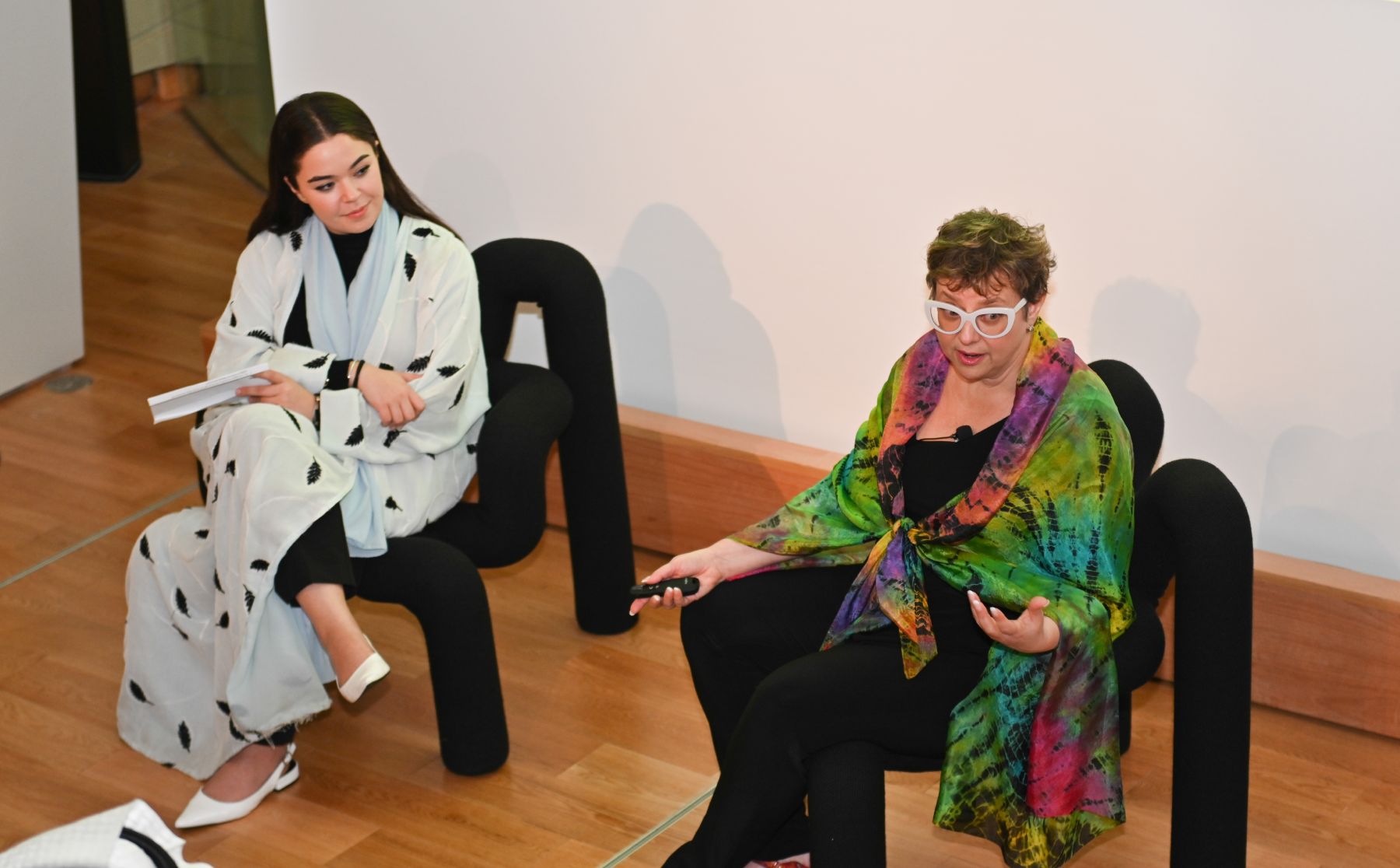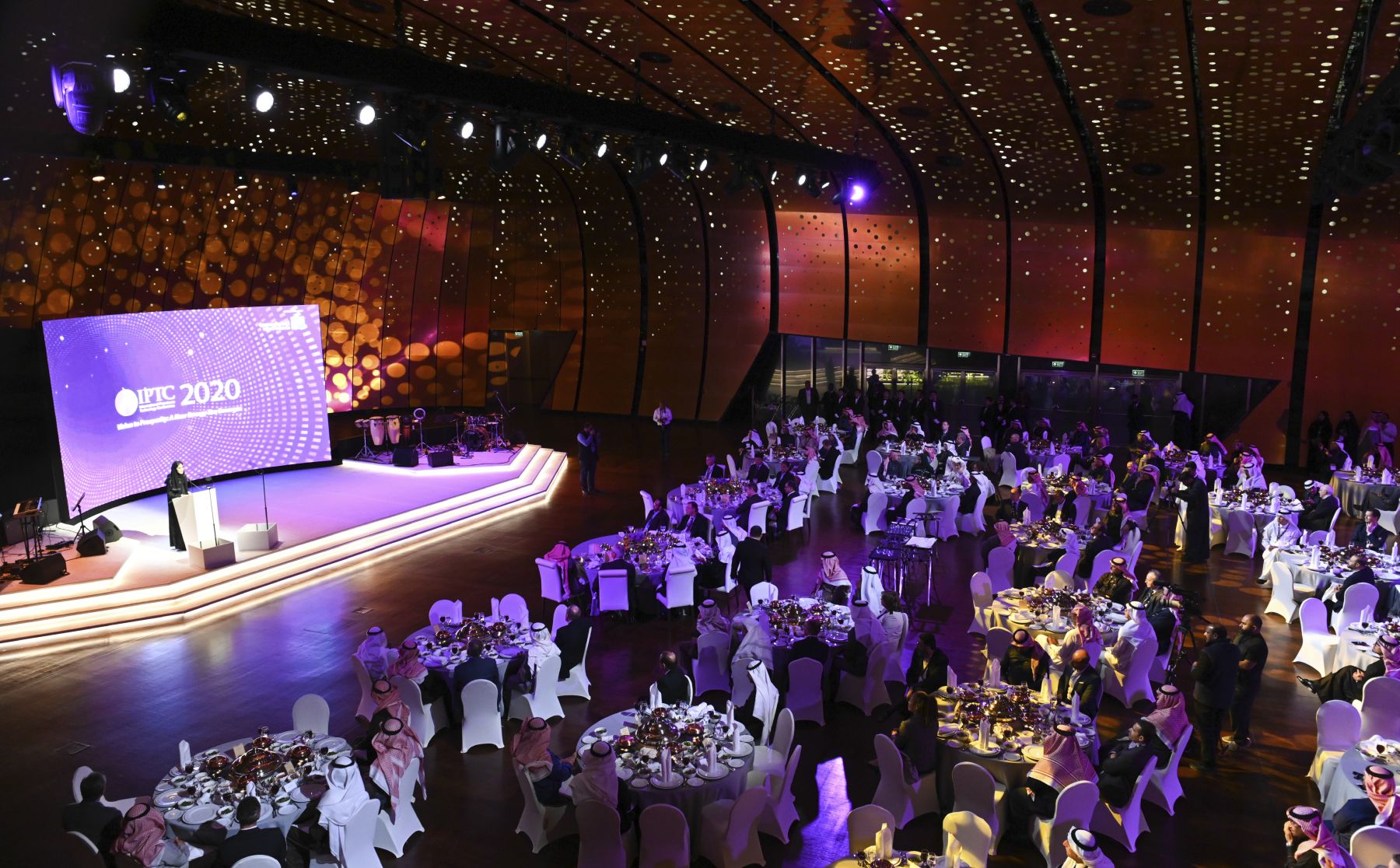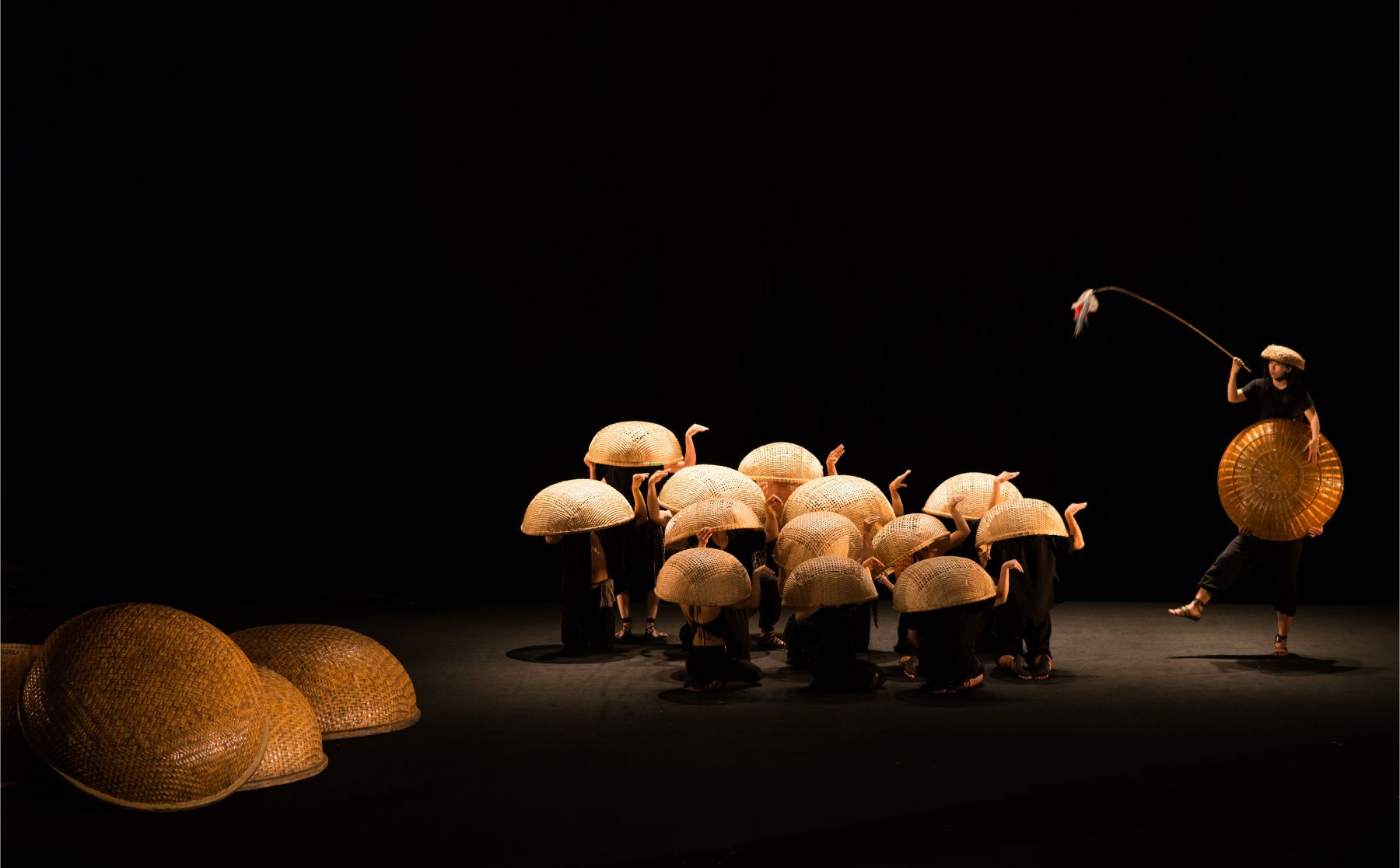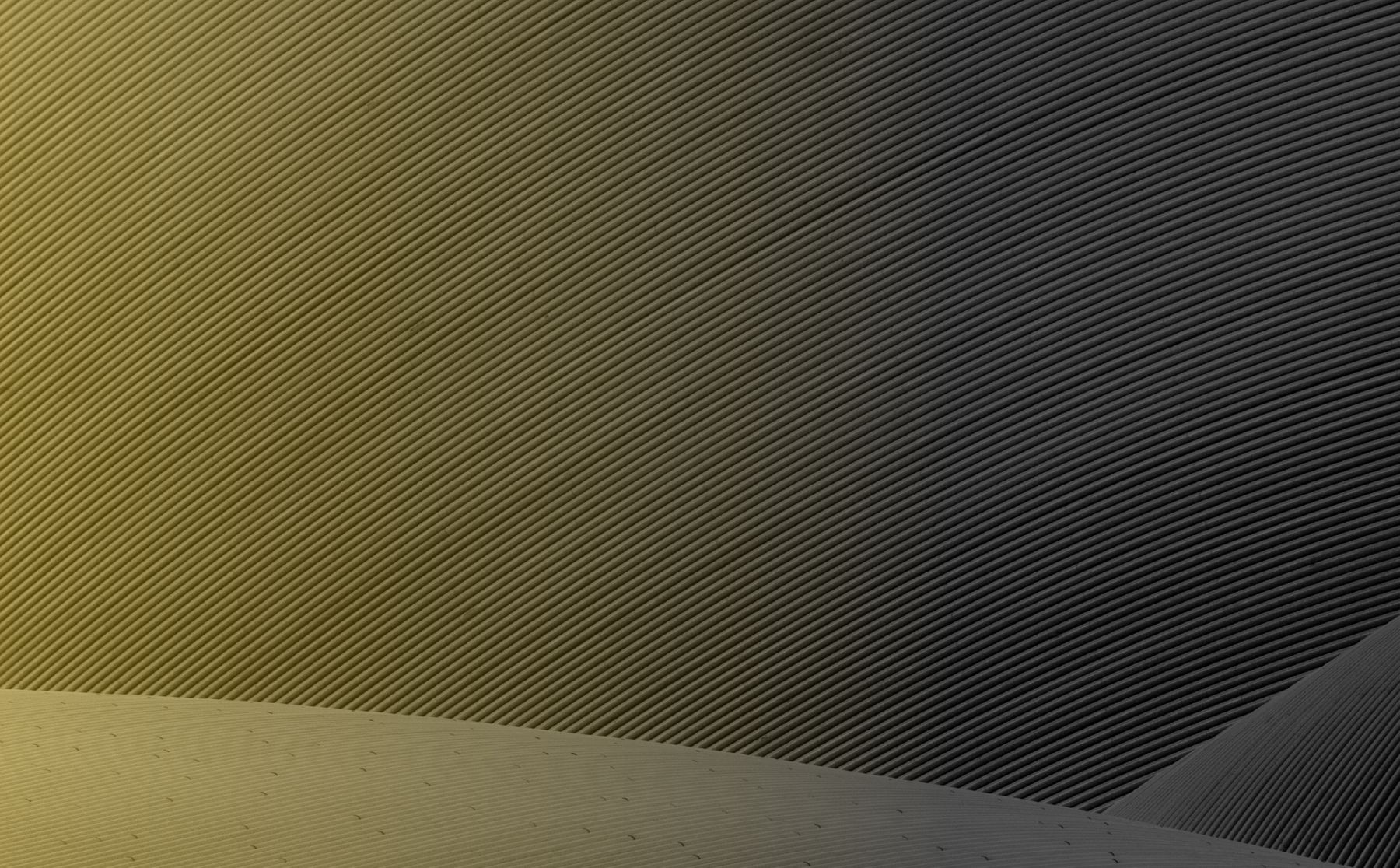Faisal Samra: Persistence and a Second Chance
Faisal Samra is in his Saudi studio, ready for the video conference interview to begin. Not one to waste a moment, he is drawing while he waits. Samra is a leading Arabian Gulf artist. Born in Bahrain, he grew up in Saudi Arabia, which he left to attend the École Nationale Supérieure des Beaux-Arts (ENSBA), in Paris. Since he finished his studies, Samra has exhibited and worked with culture institutions throughout the region and around the world..
Over the years, his work has incorporated drawing, painting, sculpture, found objects, video, photography and performance. Samra’s current work is largely abstract and expressionistic in appearance. Yet it is driven by conceptual inclinations, ideas, values and a sense of moral urgency. The idea of the human body, the subjective perspective and the misguided trust people put into constructs fabricated for mass consumption comprise the perennial core of his work. Samra moves from series to series following his ideas and then finding the media to best convey his content. Because of this, works from each one of his different series might look little like the series that preceded it.
We joined him virtually from the King Abdulaziz Center for World Culture (Ithra) to talk about how the COVID-19 pandemic has affected him as an artist and to hear this thoughts about how culture will fare in a post-pandemic world. “For me, it was like for most artists,” Samra reports. “We work long hours in the studio most of the time. What actually changed is that I added more habits, like wearing a mask, gloves, social distancing and not traveling – that’s the hard part, since I travel a lot for my work. On the positive side, since I have had to stay at home most of the time, that encouraged me to produce and work.”
Samra, who likes to “look at the full side of the glass,” emphasizes the positive possibilities that could come out of the world response to COVID-19. “Maybe this is a second chance for us, for humanity to start to heal a lot of things and to treat our bodies, spirits, environment. That’s the positive part, if we can maintain and control our consumption.”
He has long been focused on generating awareness about how and why people consume as they do and the effect this has on the environment, our health and the health of future generations. He laments: “If you keep sweeping the dirt under the carpet, you wind up with a mountain of dirt under the carpet.”
For Samra, consumption and environmentalism are inextricably bound with human morality. The pandemic has served as an interruption to normalized human behavior, and he sees a “second chance” and “a new start” in the possibility that people will notice, that they will care, and that they will choose to change.
“I think before this experience, humanity went berserk for consumption and polluting our planet,” says Samra. “We didn’t care about anything, not the environment, not animals… We consumed like crazy. This is a second chance for us. Why do we have to consume that much? Why do we have to pollute that much? It puts the planet and the lives of our children and grandchildren in danger. We have been only thinking about ourselves. COVID has let us see the result on the environment now: It’s healing. It’s amazing. I hope we don’t think we can go back. We have to adjust ourselves to this ‘new normal’ to make it like a new beginning, by raising awareness through art, culture, media and whatever.”
Samra’s Distorted Reality series was exhibited the region, Europe and South Korea. In that series, the artist or others would perform in front of the camera. The figures, along with their props, masks, outfits and backdrops were captured as still digital images that were blurred and swirled, not by any digital manipulation, but by the movement of the performers. With this figurative series, Samra sought to lead the viewers to question the trust people put into fabricated images and branding that leads to frenzied consumption of mass products. His ongoing message, as he explains it now, is simple: “Don’t consume anything you don’t need.” Yet the moral messaging goes deep: We have allowed ourselves to be morally misled about consumption; our indulgence is a fiction of plenty that encourages a lack of conscience as we harm the planet and our future generations.
Since 2016, has been working on a highly abstract non-narrative abstract series. Whereas figurative art tends to transport the viewer to the time and place of the figure, abstraction - including the series “Thriving Emotions – Immortal Moment,” encourages an experiential sense of the present moment. It reflects “the big question that everybody is asking himself: Where do we come from, where are we going and who are we, now, in this moment?” explains Samra. His work is about the “space between life and death. Existence identity.”
Samra is clear that he believes it is too early to make claims about the effect of the pandemic on art, whether trends or the effect on his own production. Yet he is clear this is a critical moment for humanity and an important time for artists. “The golden rule,” he explains, “is to persist. I think the best thing to do in this time – government, institutions and all the platforms that host art in one way or another – we should encourage all creative persons to produce. This is a very important moment. We have to encourage them by commissioning them, by providing a platform for their works to be shown publicly. This will have an important impact on the public, showing the production of creatives.”
Samra, in other words, not only sees the pandemic as a turning point, but as an opportunity well worth investment. While his works seem to focus on philosophical issues such as morality and the human condition – “existence identity” – it is fundamentally practical in terms of changing the thinking and behaviors of people: consumption, the environment, changing how we see the world, and so on. This practicality is evident in, for example, Samra’s approach to growing the arts and culture sector. He says: “If we promote creativity, this will promote tourism, and this will help the economy – not just tourism for fun, but cultural tourism. We need big cultural and artistic projects that will inspire the world to want to come here.”
Through his experience in France and the region, he has come to believe that government needs to “plant the first seeds,” and then the private sector will follow. Encouraging creatives and supporting young artists is not a luxury, but a cultural necessity: “If we stop funding, things will shrink and vanish. We shouldn’t surrender. Don’t stop. Do as much as you can and keep things rolling. Continue. Then when we can pick up after COVID, we will be standing.”
Samra believes the government can adopt policies that will support growth in the arts and culture sector, “Like deducting from taxes or if someone wants to build a large culture platform, they would have to pay for construction and operating costs, but the government could, for example, give them the land on which to build it.”
While he is not averse to using or experiencing digital technology, it is clear Samra feels strongly about public venues for art and that he laments how the pandemic has interrupted the experiencing of art in person. He says: “It’s important for humans to interact, and we need the experience of art to be in person. Digital helps to facilitate our lives but it is a very cold era. If you don’t back it up with physical existence, it’s just an illusion. We have to adapt, wearing masks and social distancing – it’s the new normal – but we can be there at the museum. We can control the number of people, social distancing, and so on, but we don’t have to cancel it. People have to be there.”
Samra is not simply talking about physically experiencing art and artifacts, but also about the interaction of people and the cultural richness of shared experience. He talks about this in terms of an elegant and complex social geometry. “Looking at an artwork in a museum and someone next to you is looking at the same artwork, even if you don’t talk, it’s shared space and shared thought affecting both of us at the same time. It’s a triangle at this point – the artwork and the two people. You can come up with infinite shapes with more people around it. It’s fantastic. It’s beautiful. We shouldn’t take the physical presence off the table and make everything online. If we went on like that, we would become robots.”
Samra’s understanding of art is rich and complex. It begins with what is subjectively important to him – his work is his, personal vision. But the experience of his work by a viewer evokes the visions of the other artists that the viewer has experienced. It is this panoply of perspectives where culture makes an impact much greater than a single work or one artist. This echoes his geometrical model that begins with a triangle and potentially expands into a vast constellation. His job, as he sees it, is to imbue his work with his personal vision – but it is not just about him. It is about dialogue, diversity, multiple perspectives and humanity.
“I am not here to show people what they want,” he explains. “As an artist, I am here doing what is intriguing me, what is touching me, what is making my brain busy. I am bringing this out for the public to be aware of what artists think about the world. Artists are projecting their own visions of this world. When the public sees many works by many artists, they can understand it more. Any artist sees the world differently than other people, details of the existent world and how we react to it. I am showing you my vision of this world so you can see other visions, other opinions, other dimensions of your own identity when you see other identities exposed. It’s always a dialogue with the viewer.”
Samra is a person of action. He is an optimist. Even during the pandemic, he has been looking to the future and working to make this moment into an opportunity. He believes that artists can make “big changes,” especially if they make public art and stay on message, whether their concerns are environmental, social, political or otherwise. For him, COVID is not just a wakeup call, but a call to action: “We have to adjust ourselves to this new normal to make it like a new beginning by raising awareness through art, culture, media and whatever means possible. If we can do it, it’s a new start.”
The artist’s selected solo exhibitions include Ayyam Gallery Al Quoz, Dubai (2019, 2014); London 2014 and Jiddah 2013.
This interview between Ithra and the interviewee is part of a series of discussions on the impact of Covid-19 and the future of the creative industry.


